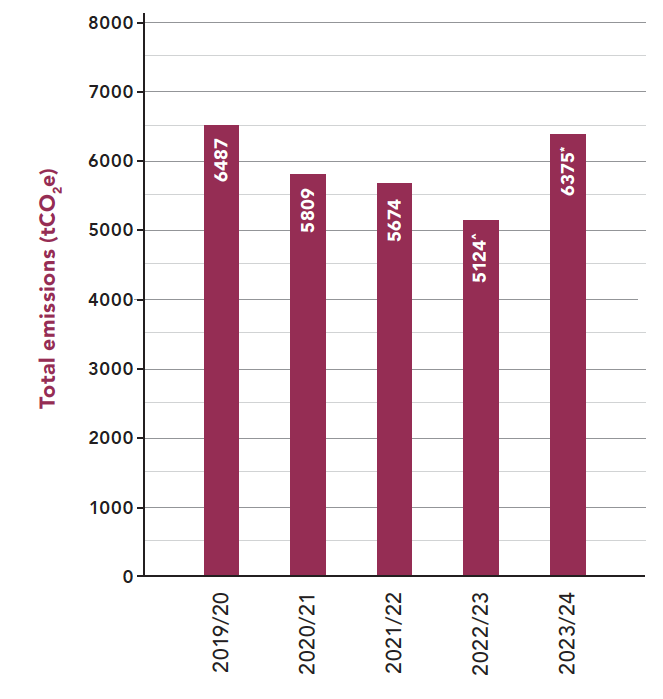One of our six Integrated Reporting capitals is “Our harbour taoka and beyond”. The goals within this capital are
- Reduce property climate change risk resulting in less volatility.
- Agree our climate change aspirations and targets.
- Execute our climate change plan covering climate change risk assessment, adaptation/mitigation strategies, reporting framework and current baseline.
- Understand and adapt to potential future climate change impacts on our assets.
- Preserve our beautiful harbour and its biodiversity by listening to our community and iwi, taking care and monitoring these precious taoka closely.
- Reduce our noise.
Climate change risk
As our knowledge of sustainability has matured and data has highlighted where meaningful difference can – and cannot – be made, our attention has turned to the broader issue of climate change risk.
We have created the Port Otago Climate Change Risk Assessment Report, which defines the company’s sustainability framework and is the reference document for future work. Because Port Otago Group includes the property arm, Chalmers Properties, the report includes climate change risks to commercial properties in Auckland, Dunedin and Hamilton. A detailed risk assessment overview has been developed for both Port Otago and Chalmers Properties.
The property arm of the business faces only moderate and minor climate change risks. However, the port business is more vulnerable due to the range of assets and nature of exposure environments. The most critical physical risk for the port is coastal erosion caused by extreme weather, followed by extreme wind and sea level rise.
Asset management plan
As part of building climate change adaptation into our day-to-day business, our asset management plan has been centralised to provide a company-wide overview of asset risk points and timeframes for the replacement of high-cost capital assets. All physical risks identified in the risk assessment overview are being incorporated into the asset management plan – and include monitoring methods and triggers for action – as well as the strategic plan and risk register.
Emissions reporting
Port Otago uses software company BraveGen for emissions data collection and reporting. This software is capable of generating reports that can scrutinise all aspects of the business, allowing us to track our carbon reduction efforts.
Emissions summary
The following graph shows an important metric:
Total emissions (maroon bars) = tonnes of CO2e.
CO2e stands for “carbon dioxide equivalent”. It is a single unit that accounts for all greenhouse gases, including carbon dioxide, methane and nitrous oxide. Total emissions were up because there was more business throughput.

^ Figure adjusted, as result of Ministry for the Environment introducing updates to emission factors in July 2023. This impacted electricity emissions significantly (1306tCO2e c.f. 842tCO2e).
* Yet to be audited

Emissions by category
